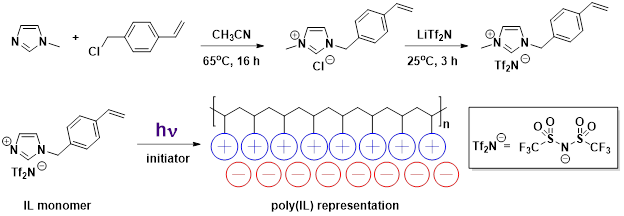Reports: DNI952190-DNI9: Linking Fractional Free Volume to Gas Solubility and Membrane Permeability in Ionic Liquids
Jason E. Bara, PhD, University of Alabama (Tuscaloosa)


Jason E. Bara, PhD, University of Alabama (Tuscaloosa)


Copyright © American Chemical Society